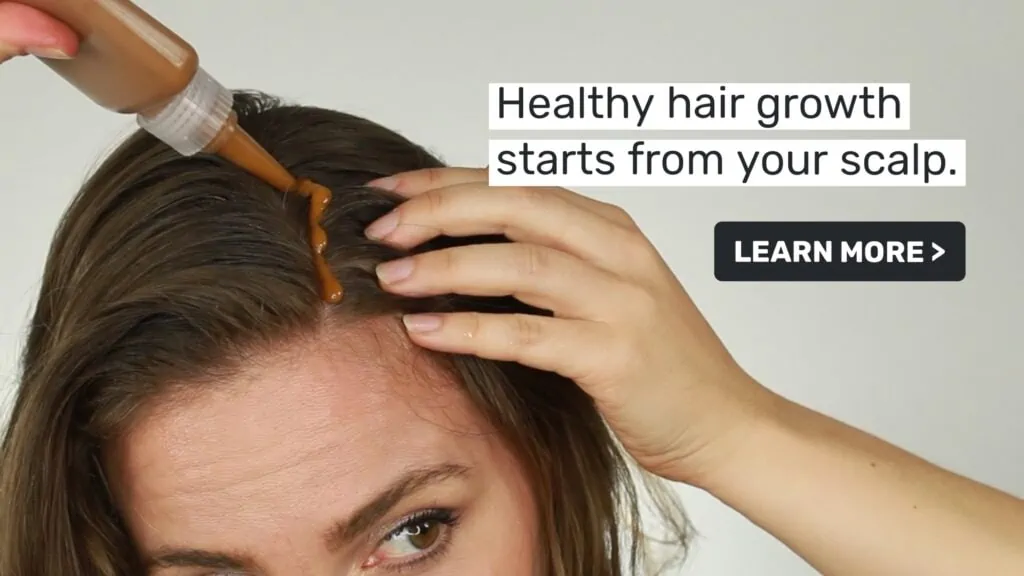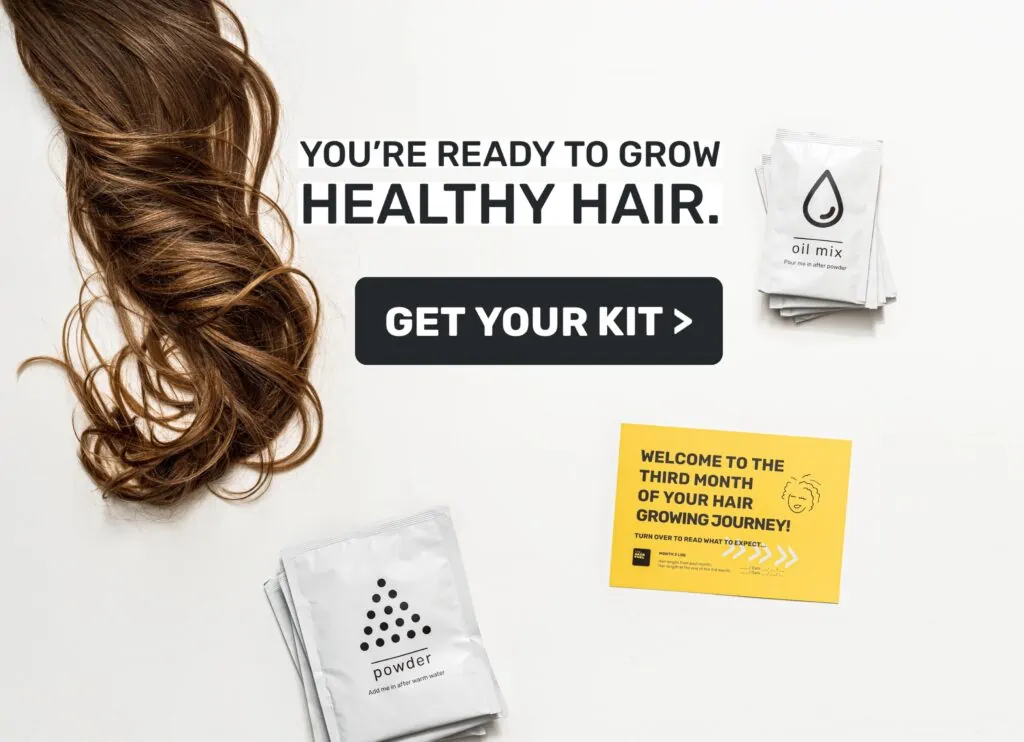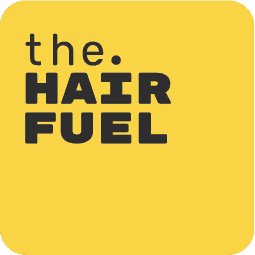Your hair is not only an aesthetic feature but also a reflection of your overall health and well-being. You might already be diligently protect your skin from the harsh rays of the sun, but what about your hair? Often overlooked, the sun’s relentless exposure can wreak havoc on your beautiful strands, leaving them vulnerable to a range of damaging effects. From dryness and frizz to color fading and weakened structure, the impact of sun damage on hair is a topic that demands attention. In this article, we explore the consequences of sun exposure and the measures you can take to shield your locks from its harmful influence.
By understanding the science behind sun damage and thinking along preventative strategies, you can maintain healthy, vibrant hair throughout the summer – that radiates with natural beauty and doesn’t fade by the end of it. We decided to take a plunge and dive in to understanding the link between sun damage and hair and if so, what can you do to protect your hair and scalp against sun damage.
SPF and hair protection
Let’s quickly recap what is SPF, what are UV rays, the difference between UVA, UVB and UVC.
The SPF denotes “Sun Protecting Factor” – meaning the amount of rays your sunscreen blocks. SPF 15 means, that a 1/15th (one-fifteenth) of the sun radiation will reach the skin, assuming you apply sunscreen evenly at a thick dosage of 2mg per cm2. Similarly, SPF 60, means that only 1/60th of the same radiation will reach the skin or hair.
Deciphering UVA, UVB and UVC
Ultraviolet (UV) ray is a band of the electromagnetic spectrum with a specific wavelength: from 10nm (nanometers) to 400nm. This means that UV rays stand somewhere between visible light which human eye can see and much shorter, X-rays. UV radiation is present in sunlight, contributing to about 10% of the total output of the Sun. UV are strong enough to cause chemical reactions in compounds, including fluorescence, strengthening the bones in mammals and various photo effects achieved by photons, particles of light. So if once you realise that UV light can impact your bones, the fact that it can impact your hair comes as a no surprise.
The difference between UVA, UVB and UVC rays is the length of the electromagnetic wave:
- UVA is 400-320nm
- UVB is 320-290nm
- UVC rays get absorbed by Earth’s ozone layer not reaching its surface, thus not something we consider in this overview.
Therefore sunscreens with a “broad spectrum” are those which cover various lengths of UV-rays. UVA accounts to 95% of all the UV radiation reaching Earth’s surface constituting most of the damage from the sun. While UVB proportion is significantly smaller.
Effect of UV sun damage on hair
Hair shaft is a non-living cell and, thus unlike skin cells, it doesn’t need protection from carcinogenesis commonly caused by ultraviolet (UV) radiation on skin. In other words, you cannot have cancerous hair fibres – carcinogenesis in a hair shaft itself is not currently considered possible. If hair proteins in the shaft are altered by sun exposure, damaged hair can be removed and replaced by new hair.
However, UV radiation damages hair lipids (fats) – contained in your hair strand. Think about keratin as building blocks of your hair, while lipids are the cement that holds them together. While only making up 4% of the hair strand, if hair doesn’t have enough lipids – it will lose keratin and will break off easily. That’s why photodamaged hair is dry and dull, as sunlight damages disulphide bonds – the protein links that create elasticity and essentially “hold your hair shaft together”.
Vulnerability of colour-treated hair
This is the reason why colour treated hair needs even more sun protection: it’s already deprived of its natural moisture and more likely to dry and become brittle after exposure to the sun. Hair devoid of natural lipids, is subject to static electricity, fractures and breaks easily, and appears frizzy.

Human hair naturally contains two pigments: eumelanin and phenomelanin. Both account for brown/black and red/yellow hues in hair respectively and both pigments get affected by UV rays. Another melanin, oxymelanin, forms in unprocessed human hair which has been exposed to the sun. It is a similar compound found in bleached hair, as well. The amount of oxymelanin affects the value of the hair as well as causing photo-ageing. In other words, this is what leads to natural “summer highlights” amongst those of us with untreated virgin hair.
How do sunscreens work for hair?
UV-screens create a barrier to the UVA and UVB rays. The most common ingredients of sunscreen is titanium dioxide and zinc oxide, but there are other protecting ingredients that can create a barrier which either absorbs, reflects or scatters harmful UV rays.
Sunscreens tend to contain heavier carrier oil to spread the UV-ray absorbing molecules across the skin or hair. Such oils can make it more difficult to wash off but increasing the water-resistance of your sunscreen. This is something to be mindful of if you don’t want to weight down your hair, or if your hair is on the thinner side.
What about scalp and sun damage?
Some UV rays can actually be healing to eczema and psoriasis, in case these conditions affect your scalp. But UV-radiation can also cause carcinogenesis in skin cells: your scalp during sun exposure. To prevent that you need to protect your scalp: whether by applying sunscreen or wearing a hat with sufficient SPF protection.
Ecotoxicity of sunscreens
Some sunscreen compounds, such as octyl methoxycinnamate have been found to damage coral reefs. And, while titanium dioxide and zinc oxide are not directly damaging to those, the nanoparticles of these compounds end up in soil as well as negatively impact marine life. So if you are an eco warrior, like us – opt for wearing a wide-brimmed sun hat or a head scarf to protect your locks from damaging UV radiation.
Sun-protection is on-trend
A braid or loose bun will ensure that less of your hair shafts is exposed to UV-rays. This will protect them from brittleness and hair discolouration – whether from natural or artificial pigments in your hair.

The best thing you can do to your hair to protect it against UV radiation is to wear a fabulous wide-brimmed hat, which would also help protect the skin on your face as well. Otherwise, you can opt for headscarves and other hair protective accessories to ensure you don’t have to spend a fortune and heaps of time at the end of summer resuscitating your hair locks from those summer holidays.
Needless to say, that opting for physical barrier, such as a hat or a headscarf is much better for your body as you’re not lathering yourself with chemicals, as well as beneficial to the mother nature. A sun hat can also be much, much affordable investment in your hair health, too.
Does sun make hair grow faster?
The sun does not directly stimulate hair growth. Hair growth is primarily determined by factors such as overall health, hormonal balance and genetics. However, the sun indirectly influences hair growth in a few ways:
- Vitamin D Production: Sun exposure helps your body produce vitamin D, which plays a crucial role in promoting overall health, including hair growth. Vitamin D deficiency has been associated with hair loss, so getting an adequate amount of sunlight can indirectly support hair growth by maintaining optimal levels of this essential nutrient.
- Improved Blood Circulation: Sun exposure can increase blood circulation in the scalp. Enhanced circulation provides better oxygen and nutrient supply to the hair follicles, creating a perfect environment for healthy hair growth.
- Mood and Stress Reduction: Sunlight exposure can have positive effects on your mood and mental well-being. Reduced stress levels and improved mental health indirectly contributes to healthy hair growth. Stress is known to be a potential trigger for hair loss, so managing stress through sun exposure and other stress-reduction techniques can have a positive impact on hair health.
Despite these potential benefits, it’s important to note that excessive sun exposure without proper protection can lead to hair damage, as we covered in this article. Therefore, it’s crucial to strike a balance between sun exposure for potential benefits and taking necessary precautions to protect the hair and scalp from harmful UV rays.

Who we are:
The Hair Fuel is an all-natural hair growth mask created by Laura Sagen, who lost a third of her hair after a terrible visit to a hairdresser while suffering from a life-long condition of PCOS associated with androgenic hair thinning. She developed the formulation rooted in the science of scalp blood flow, which has become The Hair Fuel growth mask. Since then, her company has helped thousands of people like you to start growing healthy hair.
We work closely with our lab and manufacturers to ensure the highest quality product. But a product alone is never enough – so we hold your hand throughout your own, unique hair growth journey. Our flagship product, The Hair Fuel mask coupled with tailored advice, digital tools, and online support is there to help you grow the best hair you can. It’s a big claim – but we’re unafraid to make it. Check out our starter bundles >>
Sources:
- Sunscreens and Hair Photoprotection, (1)
- Sunscreens: Development: Evaluation, and Regulatory Aspects: Second Edition, (2)
- Wikipedia on Ultraviolet, (3)
- The Difference Between UVA, UVB, and UVC Ray, (4)
- UVA & UVB, (5)
- Wikipedia on Melanin, (6)
- Hazardous Effects of Titanium Dioxide Nanoparticles in Ecosystem, (7)
- Effects of zinc-oxide nanoparticles on soil, plants, animals and soil organisms: A review, (8)
- Establishment of keratinocyte cell lines from human hair follicles, (9)
